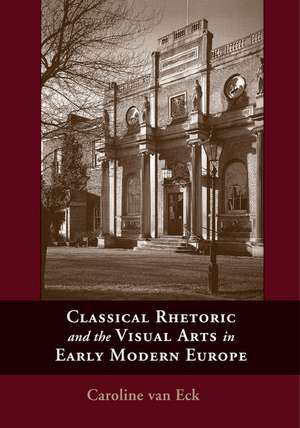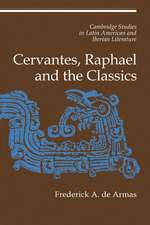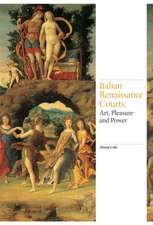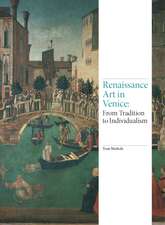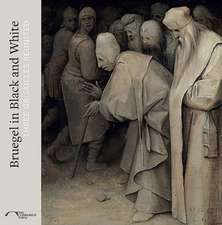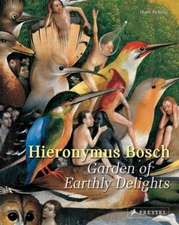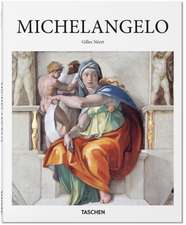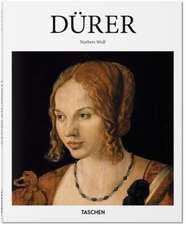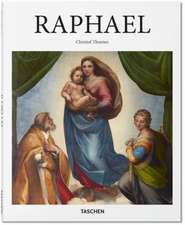Classical Rhetoric and the Visual Arts in Early Modern Europe
Autor Caroline van Van Ecken Limba Engleză Paperback – 10 aug 2014
Preț: 350.09 lei
Nou
Puncte Express: 525
Preț estimativ în valută:
66.99€ • 70.12$ • 55.76£
66.99€ • 70.12$ • 55.76£
Carte tipărită la comandă
Livrare economică 31 martie-14 aprilie
Preluare comenzi: 021 569.72.76
Specificații
ISBN-13: 9781107687851
ISBN-10: 1107687853
Pagini: 238
Ilustrații: black & white illustrations
Dimensiuni: 175 x 251 x 15 mm
Greutate: 0.59 kg
Editura: Cambridge University Press
Colecția Cambridge University Press
Locul publicării:New York, United States
ISBN-10: 1107687853
Pagini: 238
Ilustrații: black & white illustrations
Dimensiuni: 175 x 251 x 15 mm
Greutate: 0.59 kg
Editura: Cambridge University Press
Colecția Cambridge University Press
Locul publicării:New York, United States
Cuprins
Introduction: rhetoric and the visual; Part I. Theory: 1. Gesture, representation and persuasion in Alberti's De Pictura; 2. Theoretical foundations of persuasive architecture: Barbaro, Spini and Scamozzi; Part II. Invention: 3. How to achieve persuasion in painting: the common ground; 4. Visual persuasion in British architecture of the seventeenth and eighteenth centuries; Part III. Interpretation: 5. Rhetorical interpretation of the visual arts; 6. Only the human can speak to man: rhetorical interpretations of architecture.
Recenzii
'This important new study draws on well-selected examples to explore the concepts derived from classical rhetoric in the arts and architecture of early modern Europe (15th-18th centuries).' American Journal of Archaeology
'Caroline Van Eck is well known and well respected for her studies in the history and theory of architecture. … But here she cuts a wider swathe to include painting and sculpture in her examination of the role of rhetoric and the practices of classical rhetoric within what she calls the visual persuasion of the arts in Early Modern Europe. … [An] intelligent and suggestive study.' Bryn Mawr Classical Review
'This is a fundamental book on an important but elusive subject. The author examines how the arts of persuasive oratory, well-known through writings by Aristotle, Cicero, and Quintilian, influenced the theory and practice of the visual arts and architecture in early modern Europe.' Renaissance Quarterly
'Caroline Van Eck is well known and well respected for her studies in the history and theory of architecture. … But here she cuts a wider swathe to include painting and sculpture in her examination of the role of rhetoric and the practices of classical rhetoric within what she calls the visual persuasion of the arts in Early Modern Europe. … [An] intelligent and suggestive study.' Bryn Mawr Classical Review
'This is a fundamental book on an important but elusive subject. The author examines how the arts of persuasive oratory, well-known through writings by Aristotle, Cicero, and Quintilian, influenced the theory and practice of the visual arts and architecture in early modern Europe.' Renaissance Quarterly
Notă biografică
Descriere
In this book, Caroline van Eck examines how rhetoric and the arts interacted in early modern Europe.
